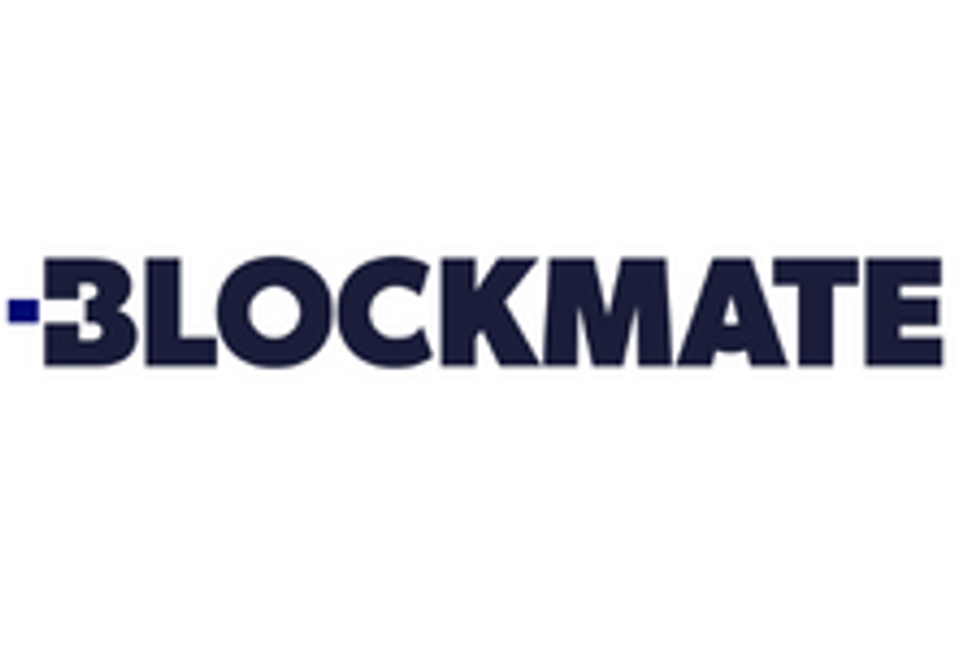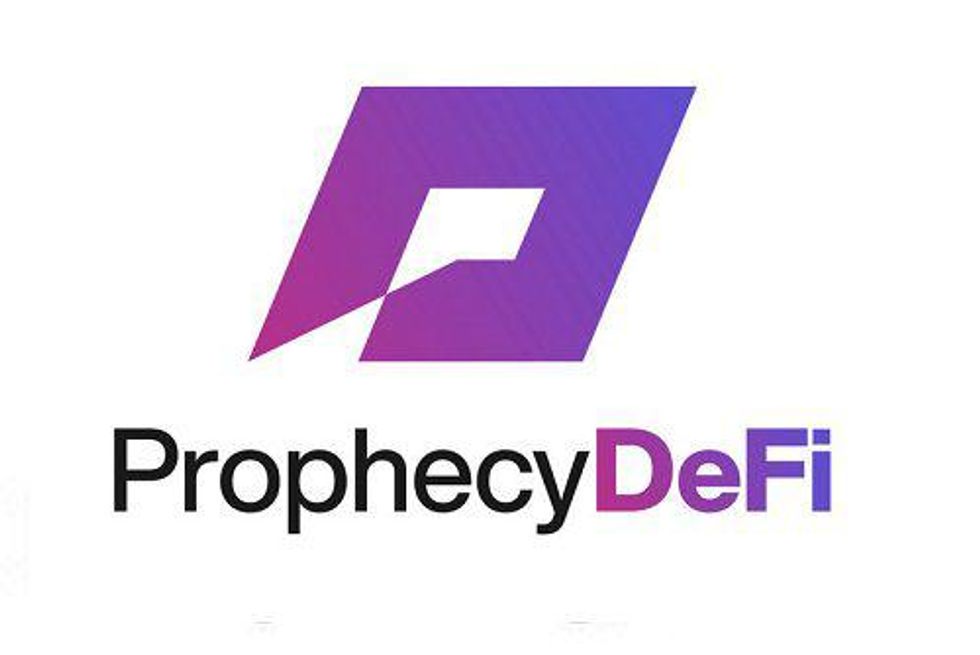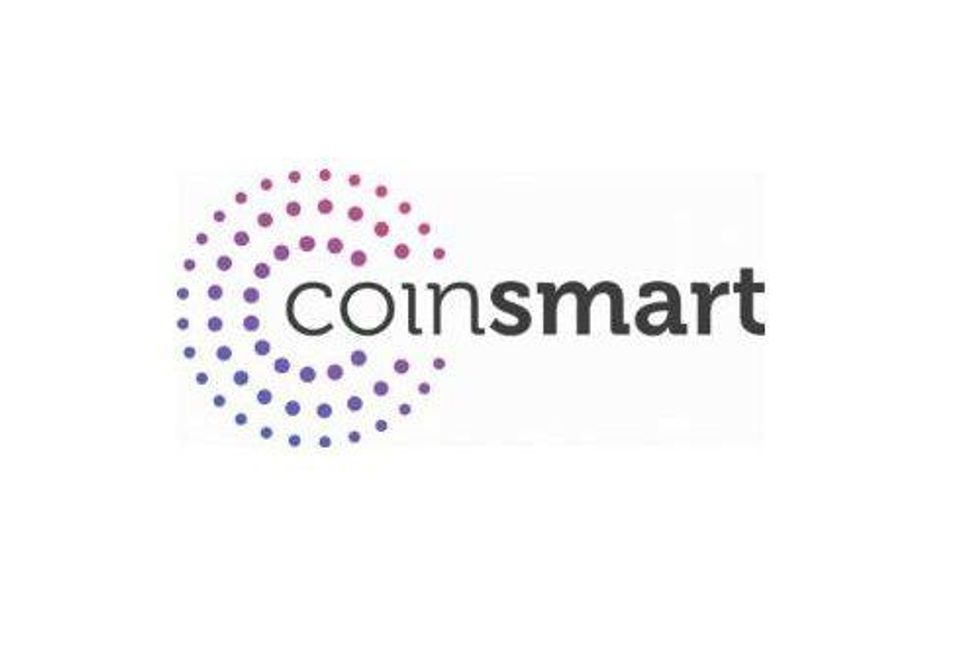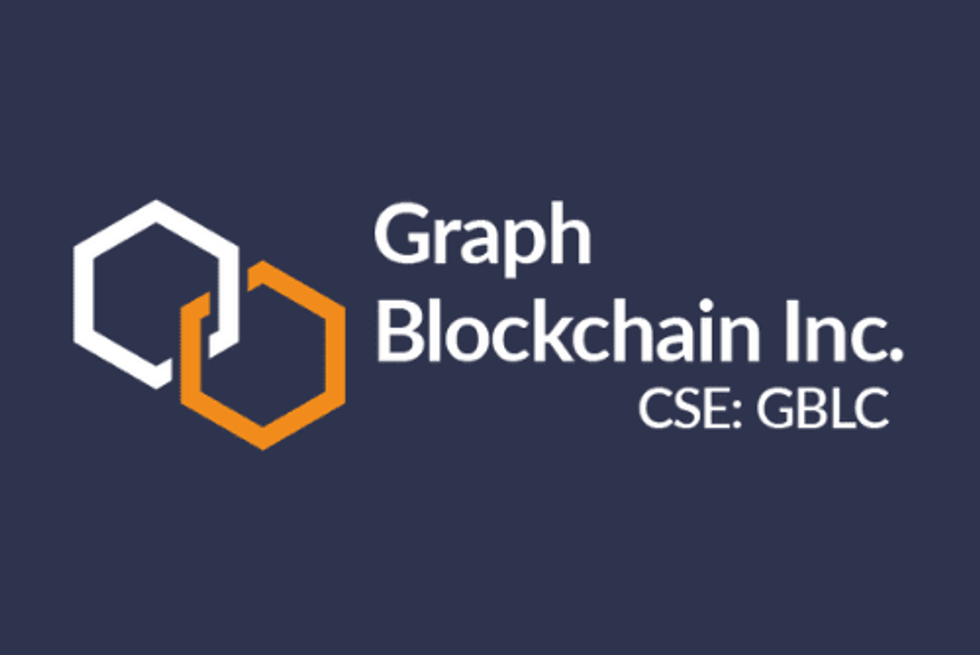What is Bitcoin Mining?
Bitcoin is gaining widespread attention, but what exactly is bitcoin mining? Here’s what investors should know about the process.
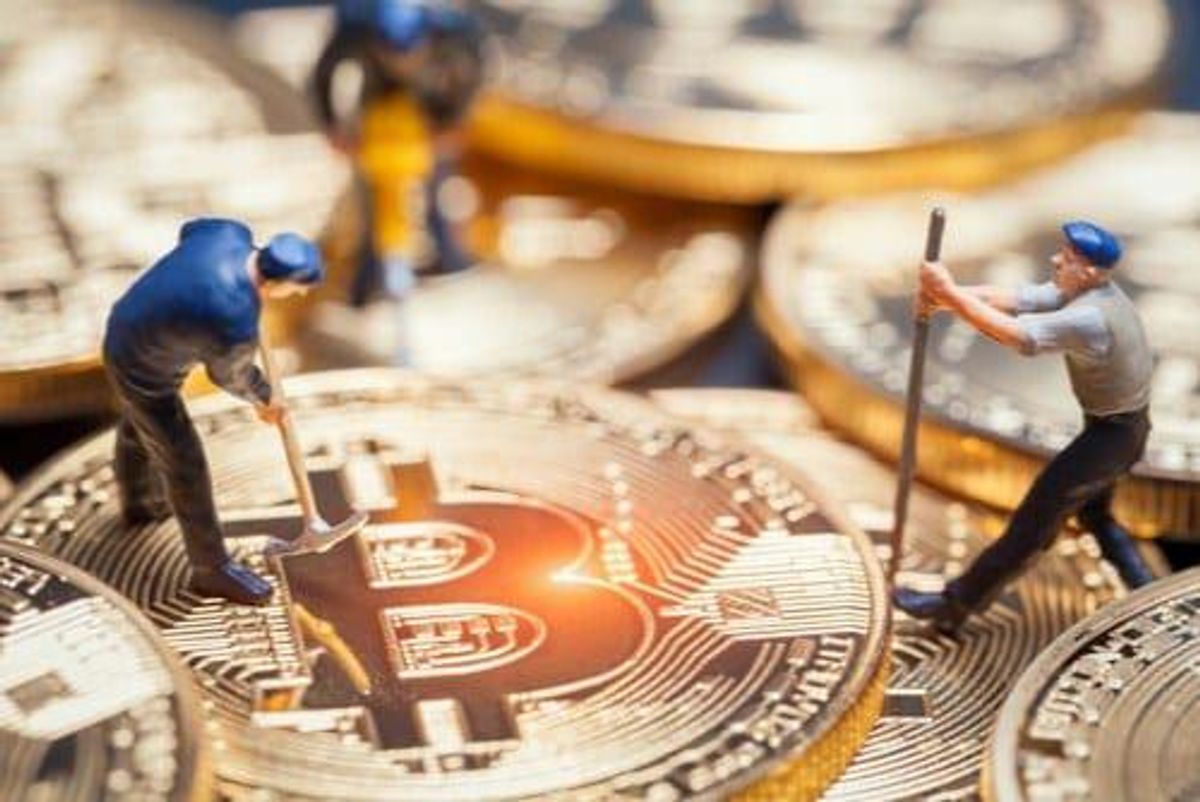
Bitcoin and other cryptocurrencies are increasingly gaining attention from a wide audience, and investors new to this technology may be wondering how these digital tokens are generated.
Most people are used to thinking about currency as tangible, so it can be tricky to understand how Bitcoins are made. In simple terms, the process by which Bitcoins are brought into circulation is known as Bitcoin mining. It has been compared to mining for precious metals like gold, but because Bitcoin isn’t held physically like gold or money, mining Bitcoin is done via computer hardware through designated Bitcoin-mining software programs.
Of course, the methodology of Bitcoin mining is more complex than that. Here the Investing News Network breaks down the basics to better answer the question, “What is Bitcoin mining?”
What is Bitcoin mining?
Bitcoins, which were created by software developer Satoshi Nakamoto, are backed by mathematical puzzles. Unlike printed bills and minted coins produced by a central bank, the Bitcoin-mining process uses blockchain technology via a network of powerful computers called nodes.
These Bitcoin nodes, also referred to as miners, run Bitcoin software programs to generate Bitcoins while maintaining a verifiable transaction record that is both completely anonymous and transparent.
Each Bitcoin transaction is collected into a “block.” New blocks are attached to previous transaction blocks, creating a chain of transactions — hence the term “blockchain.” Once a Bitcoin block is added to the blockchain, the associated Bitcoins can then be transferred from one Bitcoin account to another.
Bitcoin mining is a costly business. As with gold, the amount of Bitcoins is limited — that means as time goes on and the number of Bitcoins still available dwindles, the digital currency takes longer to mine and becomes more costly to produce. In fact, Bitcoin-mining hardware units are quite expensive, as is the electricity required to power them.
What is a hash rate?
As mentioned, Bitcoin mining relies on solving mathematical puzzles — high-powered node computers make guesses to find a number that, when combined with block data and passed through a hash function, produces a result within a particular range. Hash functions essentially convert input data into output data of a specific length.
Once a Bitcoin miner has a number that fits within the required range, the block is solved and the winning miner receives a certain number of Bitcoins as a reward. Then the Bitcoin miners move on to focus on the next block. This is how the digital currency continues to grow.
For cryptocurrency miners such as Riot Platforms (NASDAQ:RIOT) and Marathon Digital Holdings (NASDAQ:MARA), hash rate and power consumption are the two biggest factors in profitability.
Hash rate refers to the number of calculations a Bitcoin miner can perform every second as it attempts to solve blockchain computations. According to Coindesk, “Hash rates are measured in megahashes, gigahashes, and terahashes per second (MH/sec, GH/sec, and TH/sec). The higher your hash rate (compared to the current average hash rate), the more likely you are to solve a transaction block.”
What are Bitcoin-mining rewards?
As discussed, when a Bitcoin miner solves the mathematical problem required to create a Bitcoin block, it then claims a certain amount of new Bitcoins as a “reward.” At Bitcoin’s inception in 2009, the reward amount was set at 50 Bitcoins per block; however, that reward is designed to halve every time 210,000 blocks have been mined — which occurs approximately every four years — until the Bitcoin reward becomes zero.
“Bitcoin was designed as a deflationary currency. Like gold, the premise is that over time, the issuance of bitcoins will decrease and thus become scarcer over time,” explains the website BitcoinBlockHalf. “As bitcoins become scarcer and if demand for them increases over time, Bitcoin can be used as a hedge against inflation as the price, guided by price equilibrium is bound to increase.”
As of mid-May 2023, the Bitcoin reward stood at 6.25 coins per block (worth about US$227,795 at that time); it is expected to halve again in May 2024 to 3.125 coins per block.
Bitcoin rewards are not the only prize. Miners also earn money from transaction fees for creating blocks of validated transactions and adding them to the blockchain.
“The rewards, which incentivize mining, are both the transaction fees associated with the transactions compiled in the block as well as newly released bitcoin,” Investopedia states. However, the number of tokens that can be mined in the Bitcoin network is limited to 21 million.
What happens when all 21 million Bitcoins are mined?
While it may be some time before all 21 million Bitcoins are mined, it’s still a question worth asking.
Should all Bitcoins be mined, Investopedia notes that miners may need to resort to transaction fees to sustain operations. “Looking ahead by several decades, it is not difficult to imagine that mining chips will become small and highly efficient,” the publication states.
“This would reduce the burden placed on miners and would allow mining to become an activity with a lower threshold of initial cost. Further, transaction fees may increase, and this could help to keep miners afloat as well.”
All told, while the outlook for Bitcoin mining remains uncertain once all coins are mined, Bitcoin investors can take comfort in knowing that won’t happen for quite some time. As it currently stands, some estimates project all coins won’t be mined out until 2140, over a century into the future.
This is an updated version of an article first published by the Investing News Network in 2018.
Don’t forget to follow us @INN_Technology for real-time updates!
Securities Disclosure: I, Melissa Pistilli, hold no direct investment interest in any company mentioned in this article.


